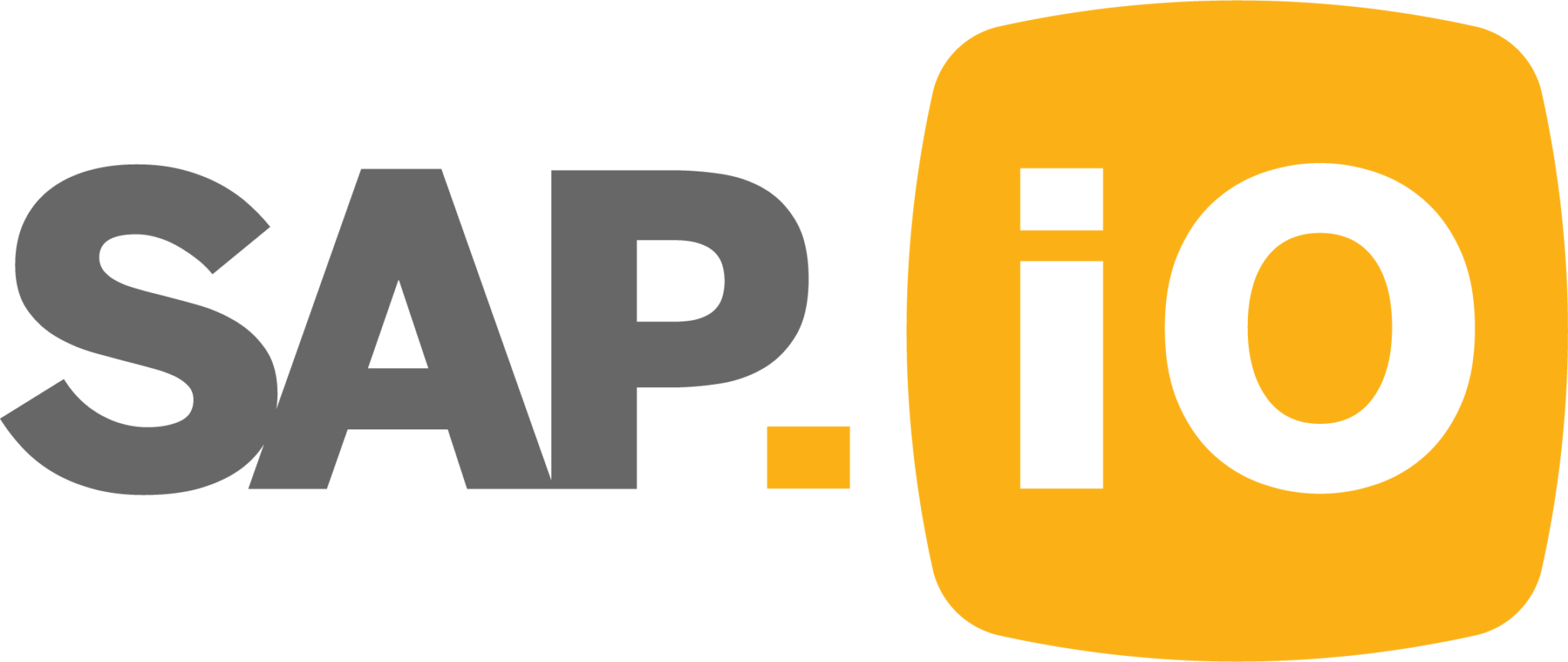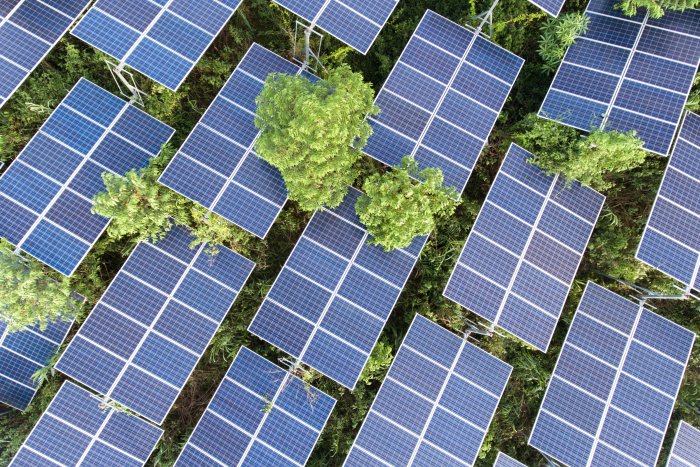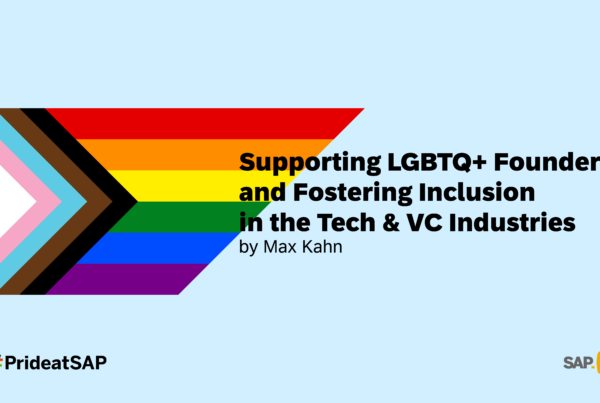Energy Transition Meets Digital Transformation – SAP Innovation Strategy for Utilities
The IPCC reports that limiting the global mean temperature increase to 1.5° C will require CO2 emissions to reach net zero by 2050[1]. This analysis is the foundation for policies like the New Green Deal in the EU, which also aims for climate neutrality by 2050[2]. Decarbonization of the energy sector is the major pillar for this because about 73% of global greenhouse gas emissions are directly related to the use of energy[3] for industry, buildings, and transport.
It is therefore no surprise that Renewable Energies are the fastest growing source of energy, contributing half of the growth in global energy supplies and becoming the largest source of power by 2040[4]. In most regions, wind and solar are also the cheapest source of electricity generation, even without subsidies[5].
This shift to renewables also fosters the growing number of Decentralized Energy Resources (DER). Renewables like solar, wind, or bioenergy are to a large extent generated by small local generation assets, which feed directly into the distribution grid. The intermittent nature of solar and wind causes challenges for the balancing of demand and supply in the power grids.
Also the demand side is changing with industrial, commercial, and household customers more and more generating their own energy and becoming Energy Prosumers. This causes a shift in utilities’ business models from pure selling of energy and water to becoming a full-service provider for energy prosumers.



